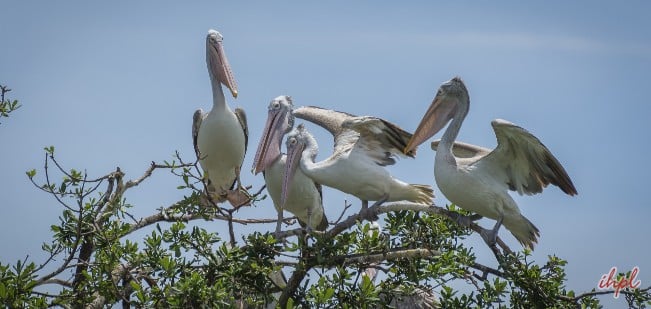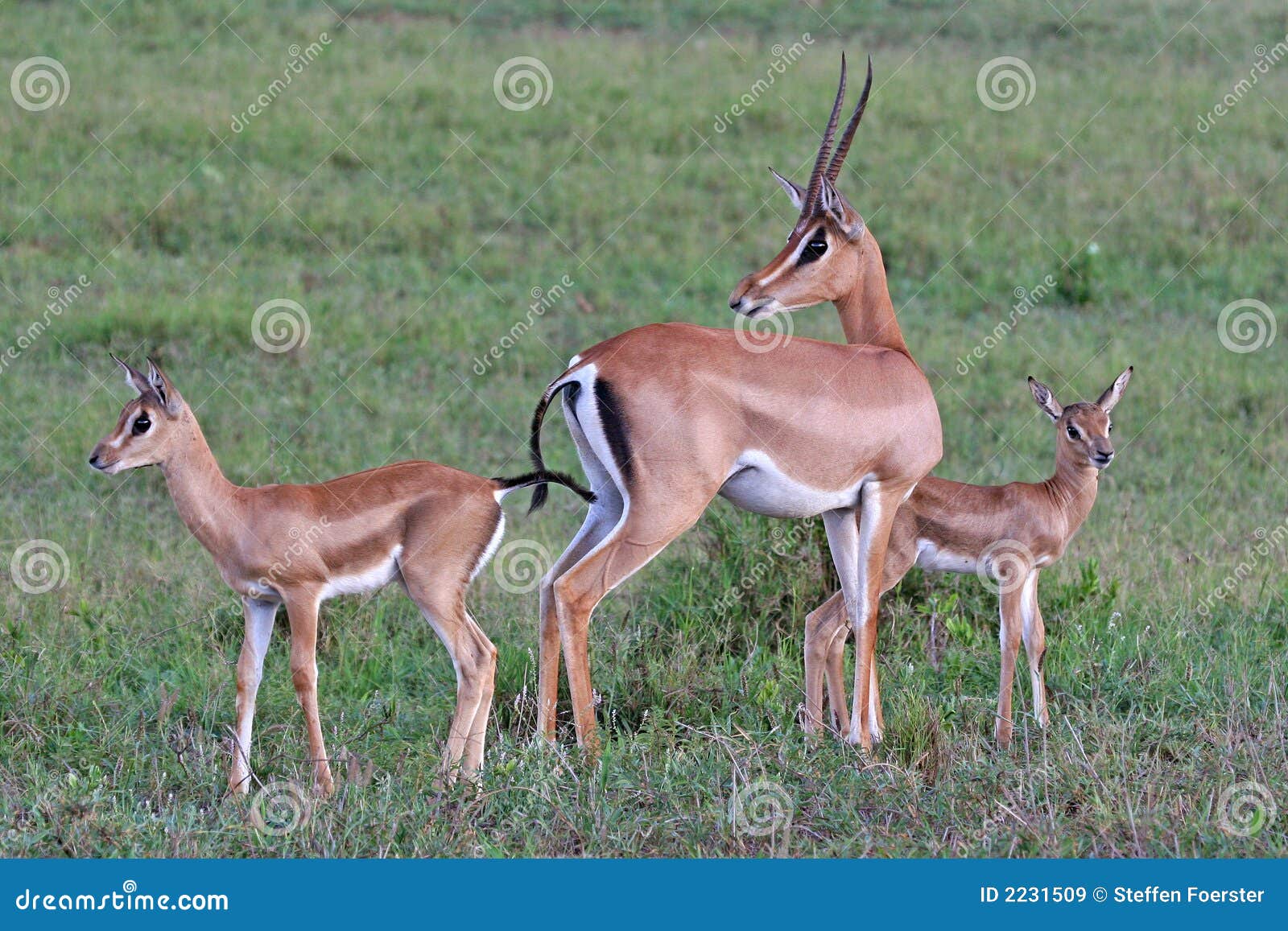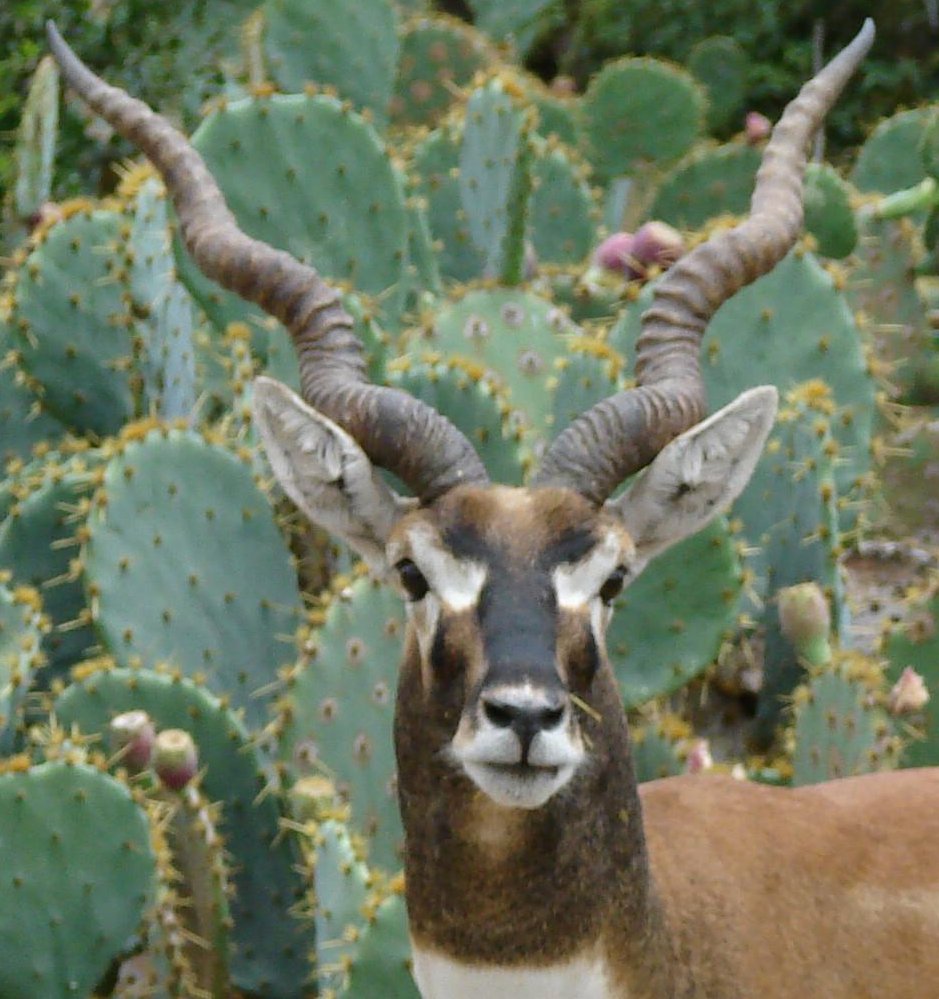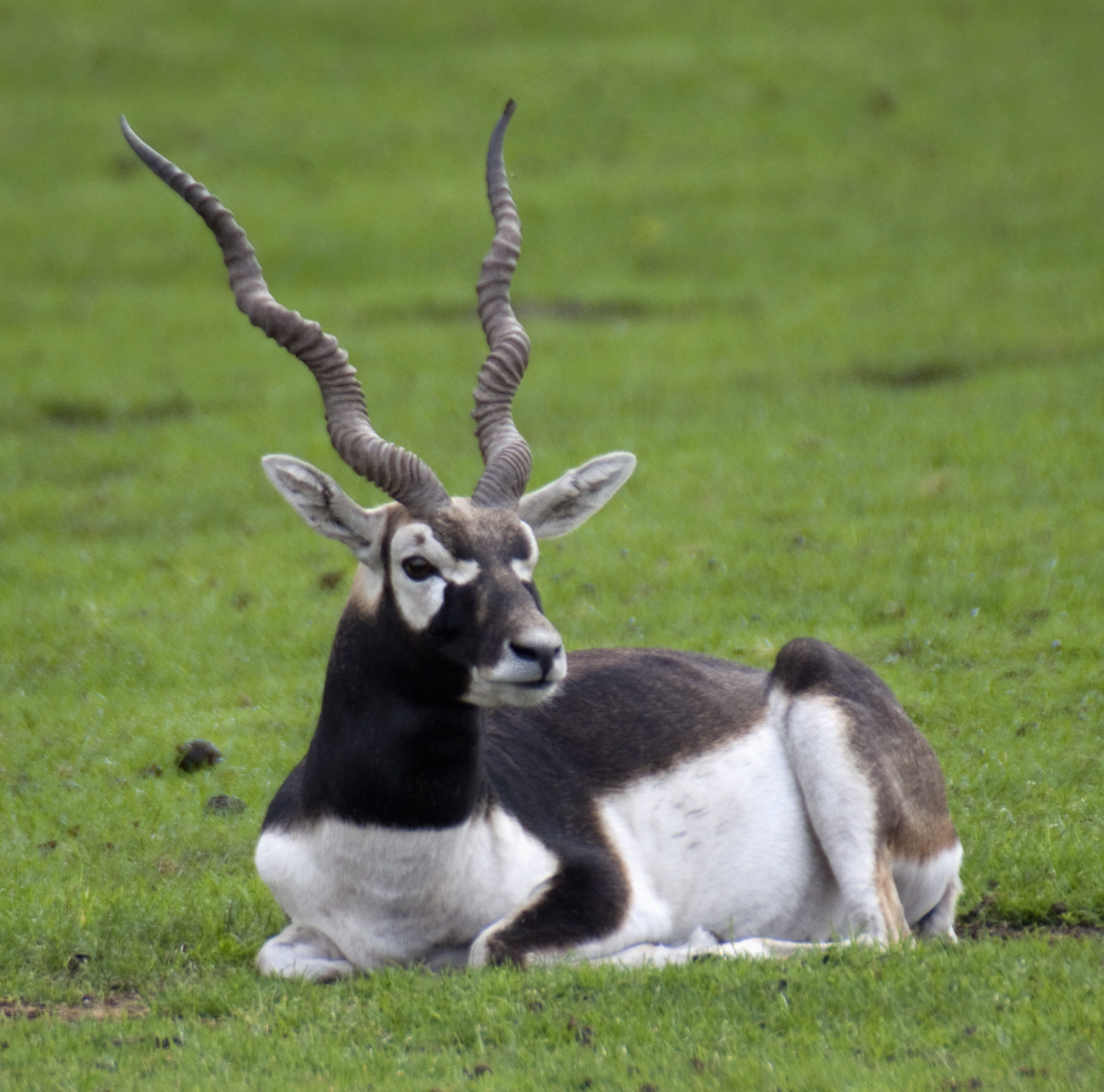vaduvoor bird sanctuary
Vaduvoor Bird Sanctuary is located in Thiruvarur district of Tamil Nadu. The nearest city, Thanjavur, is located 25 kms from the sanctuary. Created in July 1999, the Sanctuary attracts more than 40 species of water birds like Ibis, Painted stork, Grey pelican, Pintail, Cormorant, Teals, Herons etc. The Sanctuary is a large irrigation tank which receives water from Mettur dam especially from the northeast monsoon from August to December. It remains dry from April to August.



Vaduvur Bird Sanctuary in Thiruvarur district, Tamil Nadu is a sure-fire treat for bird lovers. At the heart of this serene sanctuary is a large lake which lies alongside the stunning Sri Kothandaramaswamy Temple in Vaduvur. The forest department has created mounds along the lake shore and it’s such an amazing spectacle to see thousands of chirping birds roosting on the trees here. It’s a truly unforgettable sight.
Vaduvur was located 25 Kms away from Thanjavur on the Thanjavur - Mannargudi state highway. The irrigation tank receives water from November to April every year which attracts a numerous foreign birds from Europe and America. The main attraction is the fertile wetlands in the region.


There are also numerous lakes which provide the most required variety of fishes for the birds. The sanctuary is free for Visitors and the government has provided basic facilities for an overnight stay. There are two towers located in the sanctuary for the ease of visitors. More than 38 species of water birds are found here.
Bird migration is a seasonal phenomenon and when the temperature escalates in Europe and in the North America, the bird’s starts seeing for a location that will be suitable for survival. The wetlands in this region are quite suitable for the migratory birds as it provides suitable environment for food, shelter and reproduction.

The farmers of this region also love the arrival of migratory birds as the irrigation water becomes fertile once it was enriched with the excretory of the birds. The state government had appointed officers for prevention of both hunting and poaching. Poaching and hunting is illegal and a punishable offence. The villagers were aware of this and a friendly environment for the shelter of the birds prevails. The small town is a good agricultural land and rice is grown in plenty.
























